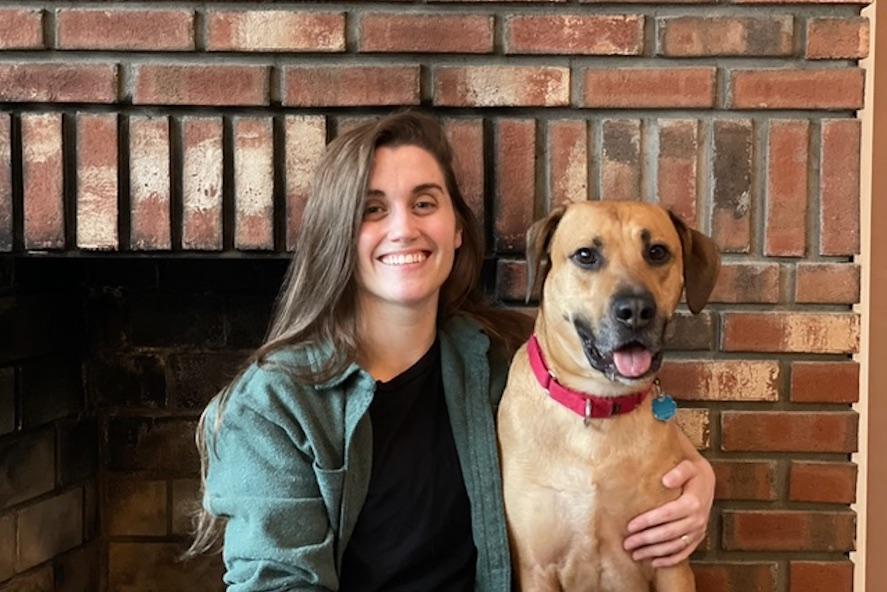-
About
- Leadership & Faculty
- News & Events
-
Academics
- Graduate
- Advanced Clinical Training
- Continuing Education
-
Student Life
-
Research
-
Hospitals & Clinics
- Emergency Care
- Hospital Services
-
Community Outreach
- Volunteer
Welcome Back to the Herd: Julia Graham, V18
Former Wildlife Clinic volunteer and resident appointed assistant clinical professor in diagnostic imaging

When Julia Graham, V18 (she/her) joined Cummings School of Veterinary Medicine in late October as a clinical assistant professor in diagnostic imaging, it marked a home-away-from-homecoming. She began her affiliation with the School as a volunteer at Tufts Wildlife Clinic, later earned a Doctor of Veterinary Medicine degree, and subsequently served as a resident.
“I was eager to rejoin the Cummings School community as a diagnostic imaging faculty member, where I can contribute to veterinary education and research in addition to practicing state of the art diagnostic imaging,” she says.
For Graham, it’s been quite a ride so far. A lifelong equestrian, after graduating from Mount Holyoke College in 2012, she served as a small animal veterinary technician in western Massachusetts and applied to volunteer at Tufts Wildlife Clinic to fill a gap in her veterinary experience.
“While volunteering, I observed the dedicated staff and students treating a wide range of fascinating species while supporting the Clinic’s operation. Here, I also gained my first exposure to veterinary research, assisting [Associate Professor Emeritus] Mark Pokras [V84] with his investigations into lead toxicosis in common loons. Overall, my time at the Wildlife Clinic was so valuable, I don’t think that I would be where I am without that experience.”
During her time as a Cummings School student and as an intern at the Mid-Atlantic Equine Medical Center, she developed an interest in radiology. “I enjoyed the collaborative nature of this specialty in addition to the knowledge of anatomy, pathology, and technology required. Cummings School was my first choice for residency for many reasons, including the supportive community I had joined previously as a volunteer and student, the large and diverse caseload, and the welcoming and knowledgeable diagnostic imaging team.”
Graham has valued mentors throughout her education and career and looks to bring that level of care to her teaching. “I hope to serve as a mentor for veterinary students and radiology residents, guiding them through training and helping them have fun along the way,” she says. “I find it immensely gratifying to help students master concepts through teaching, and to indirectly enhance the care of animals that those students will later treat. Furthermore, as a member of Cummings School’s community for a decade, I look forward to giving back to the school and hospital that shaped my early career.”
In addition to having more time to teach students and residents while participating in clinical research, Graham is happy to start a part-time fellowship in equine imaging. “This will enable me to expand my expertise in this area to fulfill my personal interest in horses while providing better support for my residents, students, and the Hospital for Large Animals.”
Department:
Dept. of Clinical Sciences